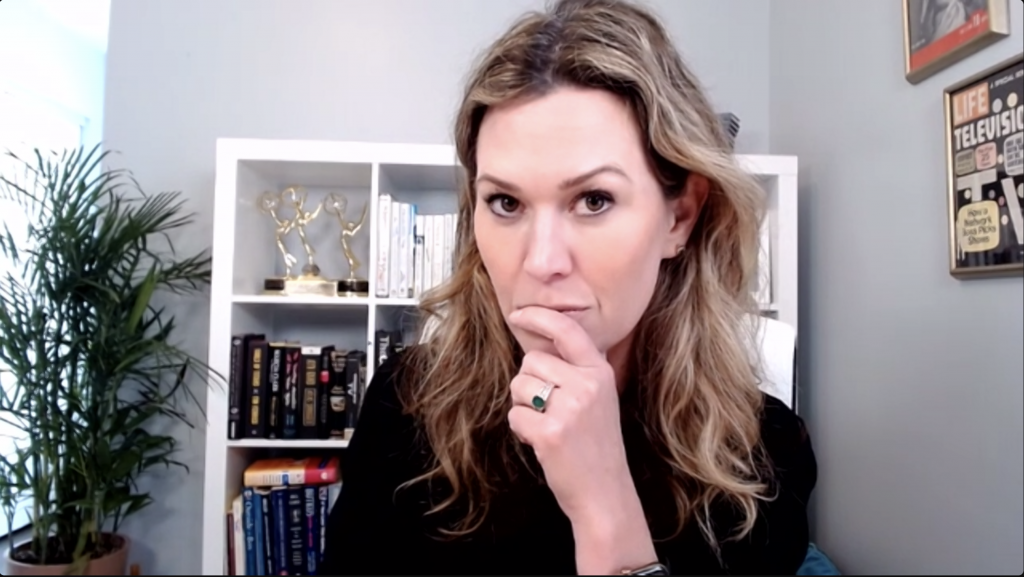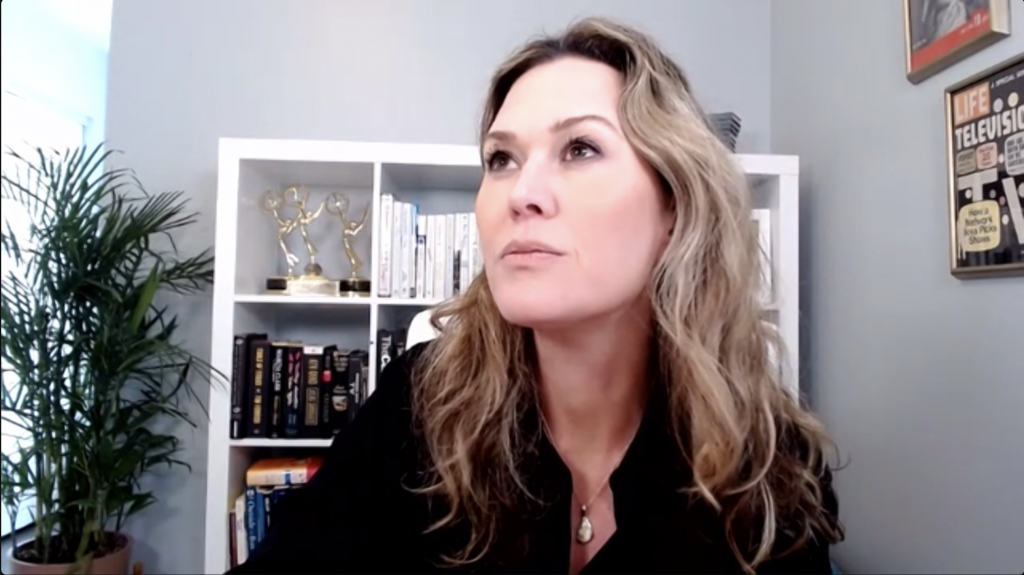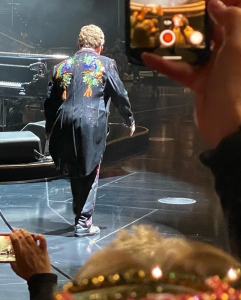Body language is essential to get right whenever you’re presenting.
Even though we’re only seeing the top third of your body on Zoom (or Microsoft Teams or Google Meet), how you appear up there matters.
This is especially true when you need to be perceived as a leader.
This is not about lookin’ good.
It’s about gaining the trust of your audience.
Whether you’re giving a sales presentation, talking with a client, leading a meeting, or giving a media interview — here are three things I highly recommend you stop doing.

Touching your face
When we touch our face it tells the audience we’re nervous or uncomfortable.
We want to come across confident so our audience trusts us and the company we represent.

Touching your hair
When we fiddle with our hair or move it away from our face, it again makes our audience less confident in us.
Make sure your hair is always away from your face and it doesn’t move into your eyes so you don’t have a tendency to touch it.

Looking at other monitors
You wouldn’t stare out of the window or at your phone during an in-person meeting, would you?
This is why we shouldn’t look away from the person we’re meeting with and at another monitor.
You’ve seen it, you’ve felt it, you know how rude this is.
Making these small tweaks makes a huge impression on audiences.
Whether it’s an audience of one or many.
One specific VP told me recently his team is much more engaged now when he speaks.
And it happened right after he enacted the “stop touching your face” (for him, he touched his beard a lot) and “stop looking at other monitors” rules I created for him.
He says his team is more engaged.
That’s all it took.
Worth a try, right?
P.S. Want more tips? Be sure to sign up for my LinkedIn newsletter where you’ll get exclusive tips on strengthening your mindset to become a better communicator. Click here to subscribe to Thought Leaders Amplified on LinkedIn.
P.P.S. I created a training for health care professionals who need to discover their message and story, deliver it clearly, succinctly, and confidently, and present in a way that intrigues, entertains and keeps the audience’s attention. Share it with your friends in health care. Check it out even if you’re not in health care. The tips and tricks are universal. Click here to learn more.
P.P.P.S. Whenever you’re ready… here are three more ways I can help you build your brand, own your voice, and stand out:
- Want more tactical advice you can implement today? Check out my blog here for great articles, stories, and lessons I’ve shared over the years.
- Looking for one-on-one coaching or a consultation with me? Schedule a complimentary call here to speak to our team about how we can help you.
- Follow me on Instagram here for more media and public speaking tips, videos… and a little fun.
















